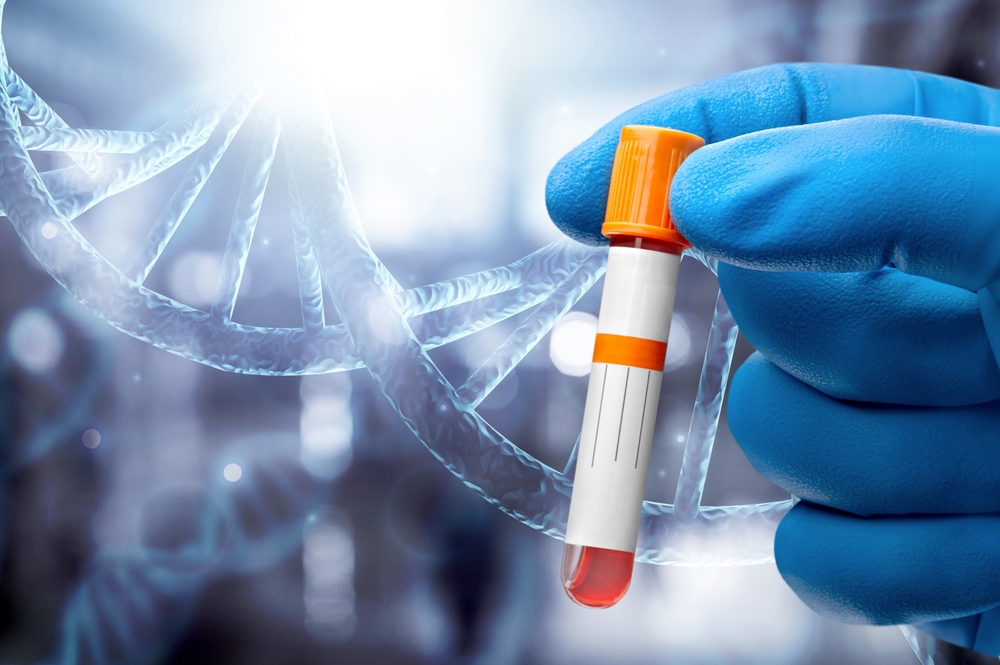
SVF (Stromal Vascular Fraction) is a fraction rich in stem cells and other biologically active cells obtained from adipose tissue and used for therapeutic purposes. This fraction contains various cell types, including stem cells, endothelial cells, pericytes, and macrophages. The primary goal of SVF treatment is to accelerate tissue regeneration and wound healing processes. SVF repairs tissue damage, promotes new tissue formation, and reduces inflammation. Due to these properties, SVF is used in the treatment of various chronic diseases, aesthetic procedures, and sports injuries. Additionally, SVF has immunomodulatory effects.
The process of obtaining SVF usually begins with liposuction to collect adipose tissue. The collected adipose tissue undergoes a special process to extract a fraction rich in stem cells and other biologically active cells. This process involves isolating, washing, and concentrating the cells.
Once SVF is obtained, it can be applied to the patient through various methods for therapeutic purposes. These methods include injections, tissue engineering, and cell transplantation. SVF can be directly injected into the damaged area for tissue repair and regeneration. It is also used in aesthetic procedures for skin rejuvenation and as a filler.
SVF has a wide range of applications for both medical and aesthetic purposes.
Here are some general applications:
One of the biggest advantages of SVF is that it is a natural and biological treatment method. This treatment uses cells obtained from the patient's own tissue, minimizing the risk of side effects. SVF accelerates tissue regeneration and wound healing processes, providing an effective treatment for various medical and aesthetic purposes.
However, there are some risks and complications associated with SVF. Post-procedure complications may include infection, bleeding, and potential complications during cell transplantation. Additionally, the effectiveness of SVF treatment can vary from person to person, and in some cases, the desired results may not be fully achieved. Patients should be thoroughly informed about the advantages and risks of SVF and consider all possibilities before starting treatment.
The recovery process after SVF treatment is usually quick and uncomplicated. During the first few days after the procedure, patients may experience mild pain, swelling, and redness at the treatment site. These symptoms typically resolve on their own within a few days. Patients should follow their doctor's recommended care instructions and keep the treatment area clean.
Maintaining a healthy lifestyle and supporting the treatment process are important throughout the recovery period. Additionally, regular follow-up appointments with the doctor are critical for evaluating the success of the treatment and early detection of potential issues. SVF treatment provides effective and lasting results with proper care and follow-up. For detailed information about SVF, contact EMPCLINICS.
The longevity of SVF treatment results varies from person to person. The durability of the results depends on the treated area, the patient's overall health, and lifestyle. In some cases, results can be permanent or long-lasting.
Most patients notice improvements within a few weeks after treatment. Full results are typically seen within 3-6 months.
SVF treatment involves cells obtained from adipose tissue, including stem cells and other cells, while PRP (Platelet Rich Plasma) treatment involves enriching platelets from the blood. Both treatments are used for regenerative purposes but are derived from different sources.